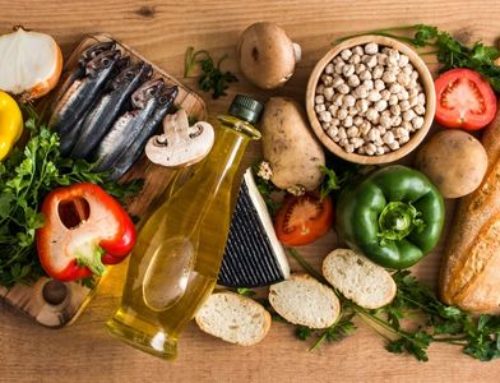
Changing the way you eat after weight-loss surgery is inevitable. After all, that’s exactly how weight-loss surgery works. It’s supposed to make you feel satisfied on a much smaller portion of food.
You might find yourself trying to push the limit at each meal; eating as much on the plate as you can before crossing that fine line between “ooh, I’m stuffed” to “oops, I’ve thrown up”. Regardless of whether you’ve vomited or not, this behaviour is considered over-eating.
As time passes after weight loss surgery, you’ll find that you’re able to eat larger volumes of food before you hit that limit. If you continually overeat, before you know it the magic bullet that weight-loss surgery was supposed to be doesn’t seem to be quite so magical anymore. So how do you make weight-loss surgery work? How do you keep the magic going for longer?
Step 1: Swap your plates
If you’re like me and have spent your entire childhood being coerced by well-meaning parents to “eat up all your food” on pain of punishment or missing out on desserts, then chances are that as an adult you’re going to want to finish everything on your plate – regardless of how full you’re feeling.
This is where using smaller plates can be useful. Try swapping your regular plates for a plate that’s no larger than 18cm in diameter. You can also try swapping your bowls for a much smaller one which holds no more than 1 cup’s worth of food. You can also swap your cutlery for a teaspoon and dessert fork, as this helps slows down your eating by taking smaller bites.

Eat slowly and take the time to pay attention to your feelings of hunger and fullness. You want to stop as soon as you feel that you’re no longer hungry; rather than aiming for that feeling where you’re full or “stuffed”.
Step 2: Plate model it – put protein first
Eating enough protein-rich foods is the key to managing your appetite and subsequently your weight. Not eating enough protein after weight-loss surgery can cause hair loss, muscle loss, poor immunity and it can also slow weight-loss.
Unfortunately, you might find it difficult to eat enough protein after weight-loss surgery due to the smaller volume of food that you’re able to consume. This is why you need to make every meal count by ensuring your meal is high in protein. Aim to have at least half of your plate consisting of lean protein foods such as chicken, beef, pork, fish, or eggs.
To complete the rest of your meal, fill the remainder of your plate with vegetables and carbohydrate foods. A good portion to aim for is roughly 2/3 of the remainder half on your plate for vegetables and 1/3 of that for carbohydrate foods such as wholegrains, legumes and starchy vegetables.
Finally, limit your fat sources to no more than ½ a teaspoon per meal. If you’ve already used oils or fat sources in your cooking, you do not need to add any extra to your meals. This includes food such as avocado, cheese, nuts, cream and oils.

Here are some examples of how you can tweak these easy and delicious recipes to make them fit the Plate Model better:
Breakfast:
Baked Beans and Eggs with Haloumi
- Swap haloumi with trimmed short-cut bacon
- Have at least 1 egg on your plate
Lunch:
- Use Ryvita Multigrain crackers
- Cream Cheese, Sprouts and Tomato – swap cream cheese for 1/4 tsp of hummus per cracker, and add 1 slice of ham per cracker.
- Aioli, chicken, lettuce & sprouts – use 1/4 tsp aioli per cracker
- Tuna, mustard, aioli & cucumber
Tip: These are delicious as a meal or a snack. The 3 choices below are the higher in protein than other choices
Toasted Chicken and Vegetable Salad
- Limit aioli to ½ tsp serve
- Cut zucchini and capsicums into thin slices to ensure they soften when cooking
- Shred lettuce on the plate finely before eating.
- Try a softer leafy mix e.g. baby spinach, rocket or gourmet variety if you find harder varieties like iceberg or cos lettuce difficult to eat (lap-band).
Tip: Keep some extra chicken tenderloins for a tasty high-protein snack in between main meals.
Dinner:
Zesty Lamb and Grilled Vegetables
- Don’t skip the marinade – this will give the lamb the flavour it needs as you’ll be using less hummus.
- Limit hummus to ½ tsp serve
- Use ¼ small wholemeal pita pocket.
- Swap pita pocket for Ryvita or Vita-weat 9 Grains if bread texture is difficult to eat (lap-band)
- Swap to short pasta e.g. spirals, penne or bowties if you find spaghetti is difficult to eat (lap-band)
- Fill half your plate with prawns
- Fill remainder half with pasta and vegetable mix
Tip: Try Vetta High Protein spirals or penne pasta – these provide 50% more protein than regular pasta whilst still providing a good amount of dietary fibre.
Make an appointment with Melissa Yip to discuss your game plan after weight-loss surgery
If you’d like further help with your nutrition please click below:



